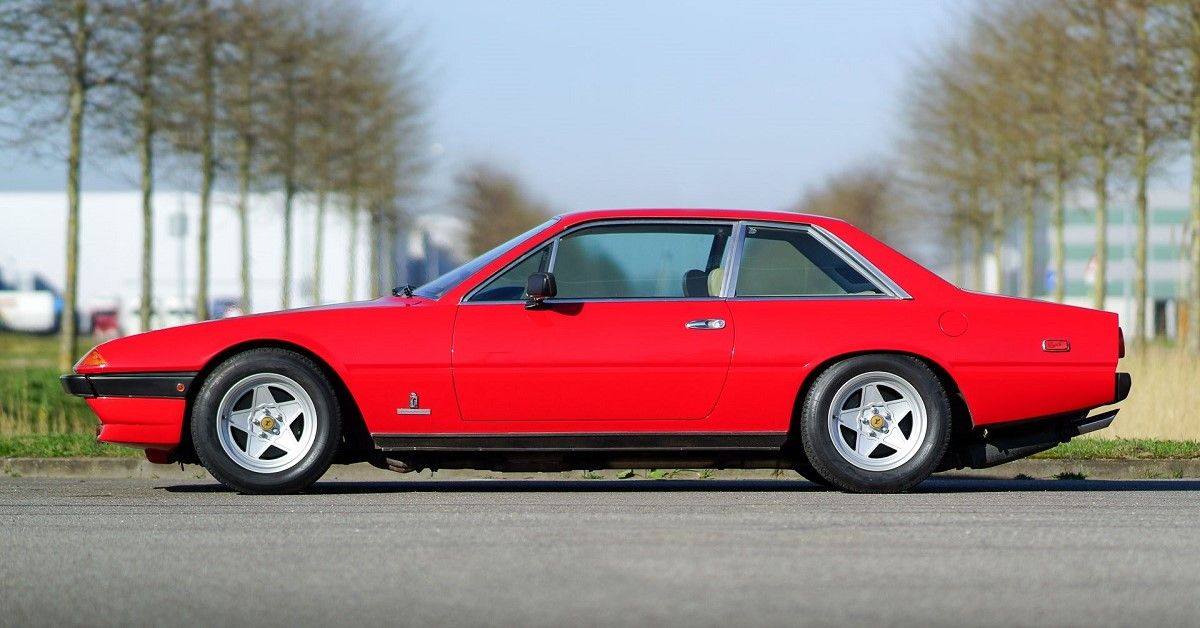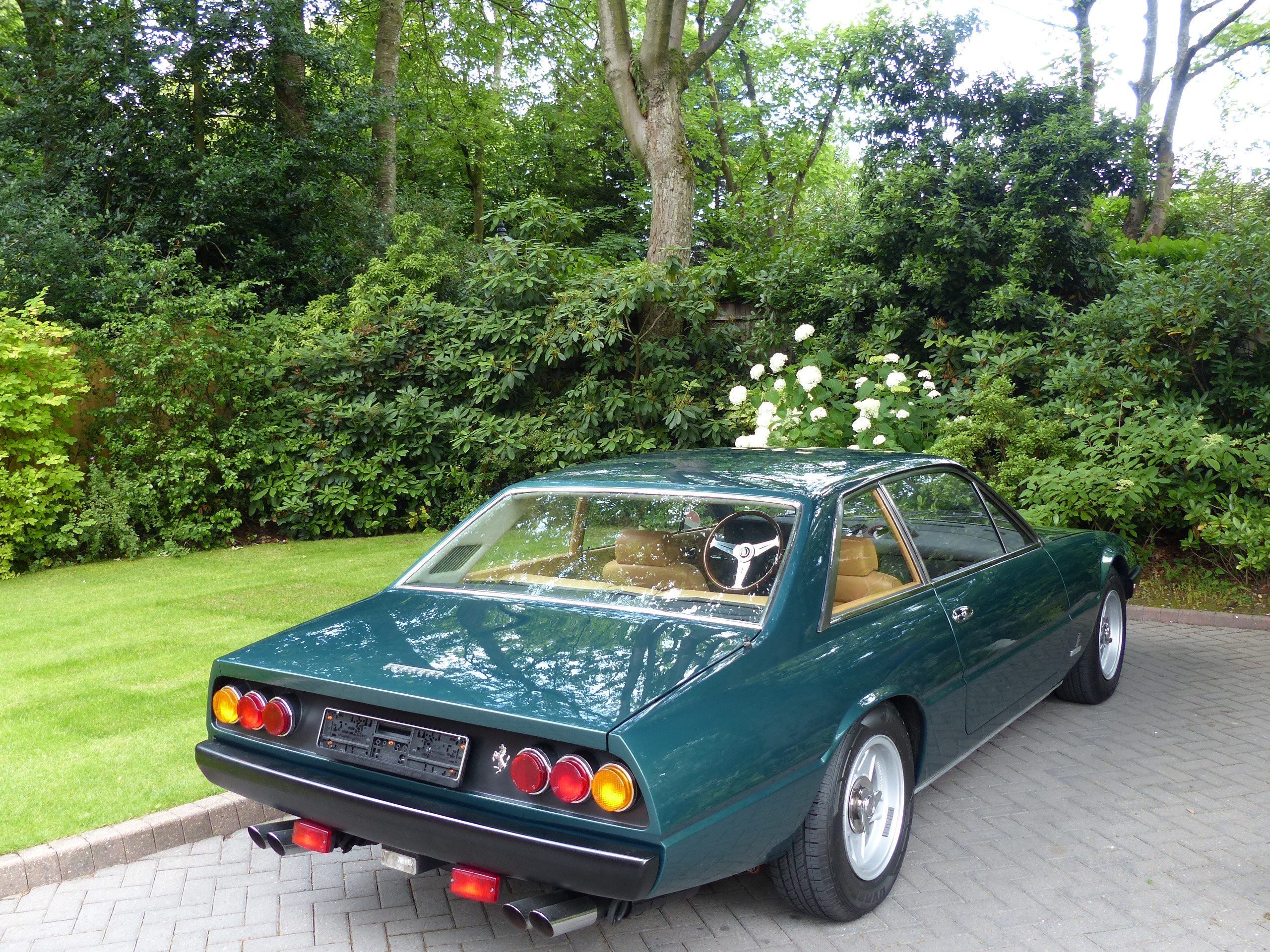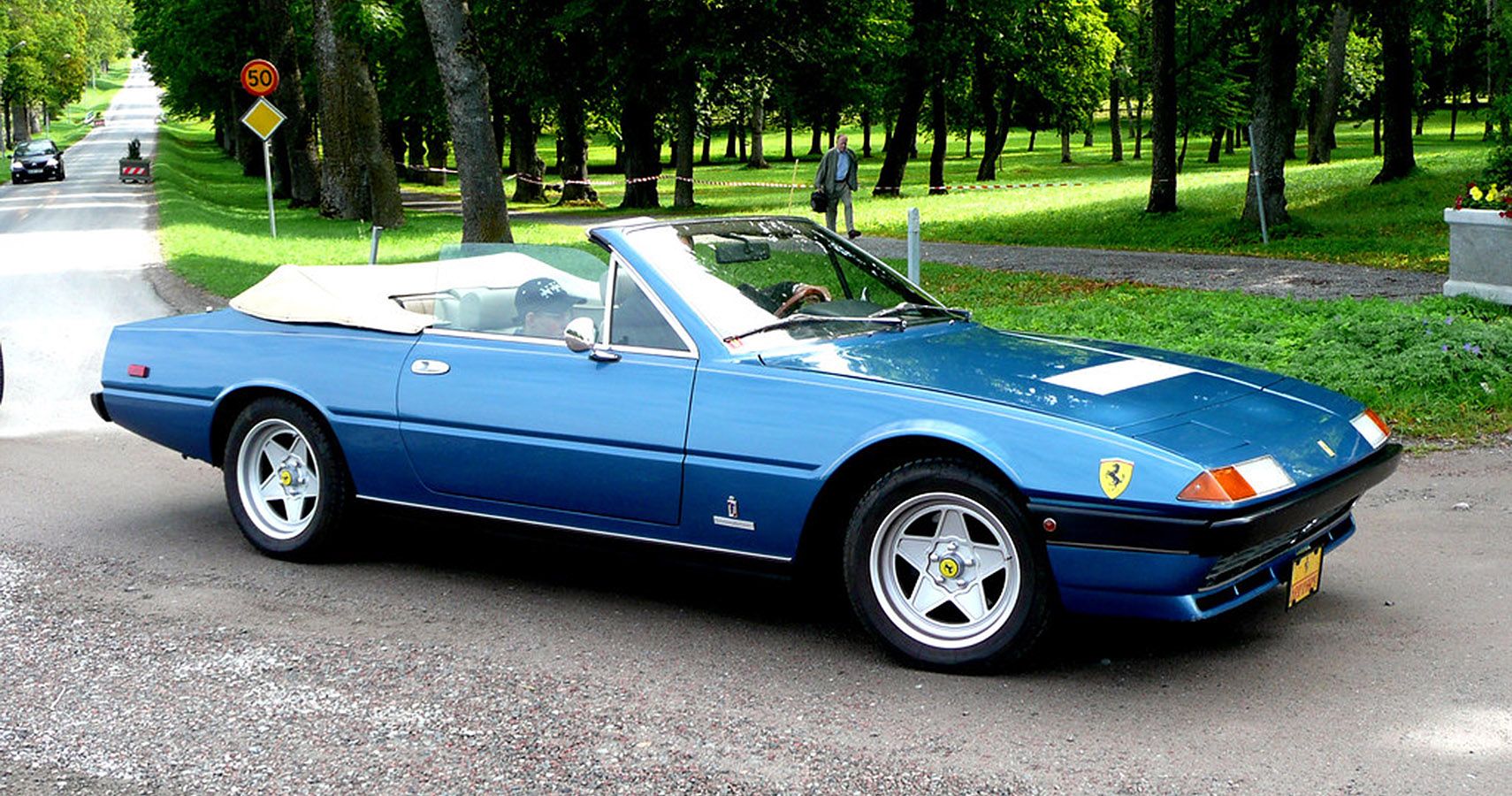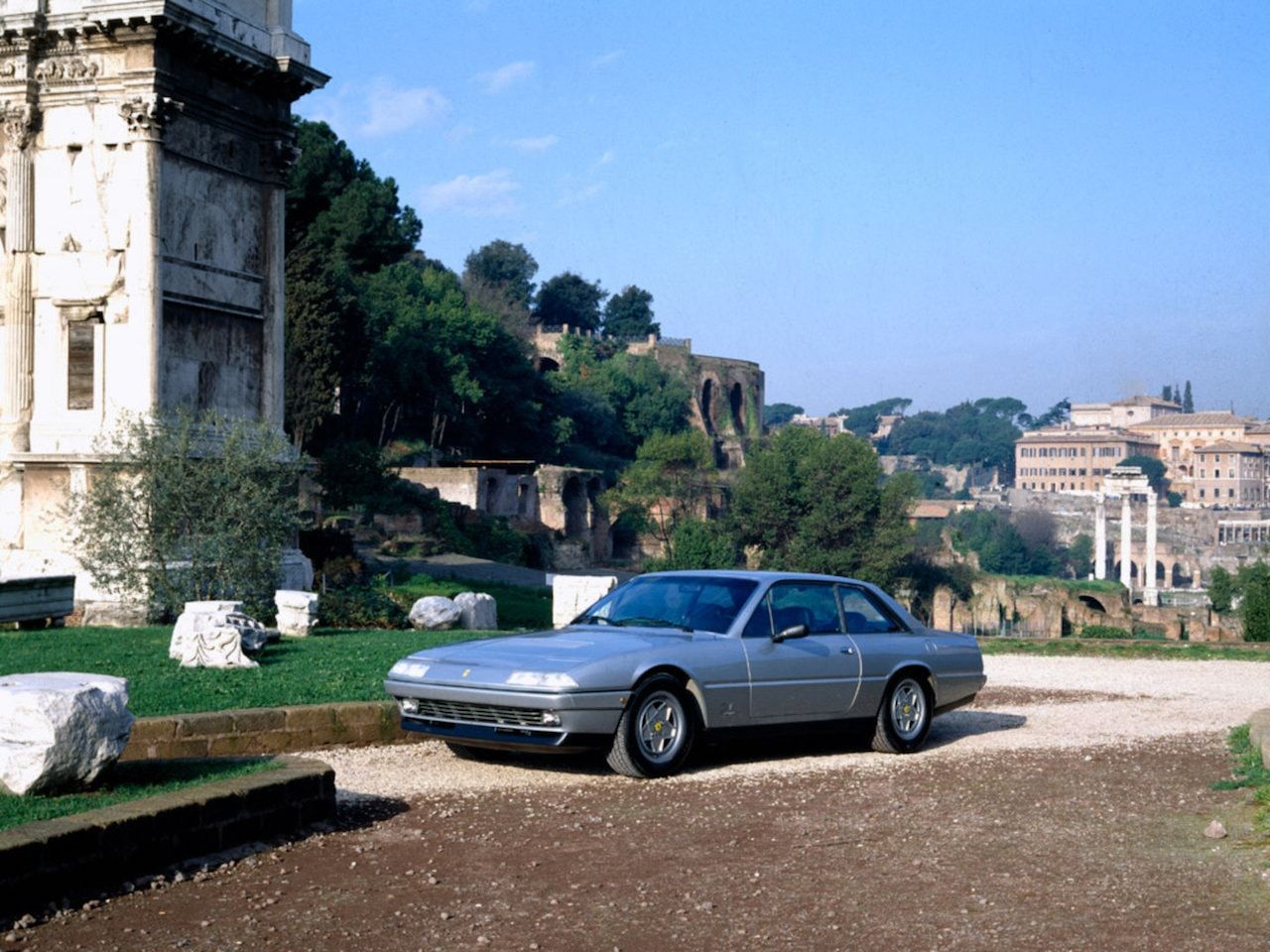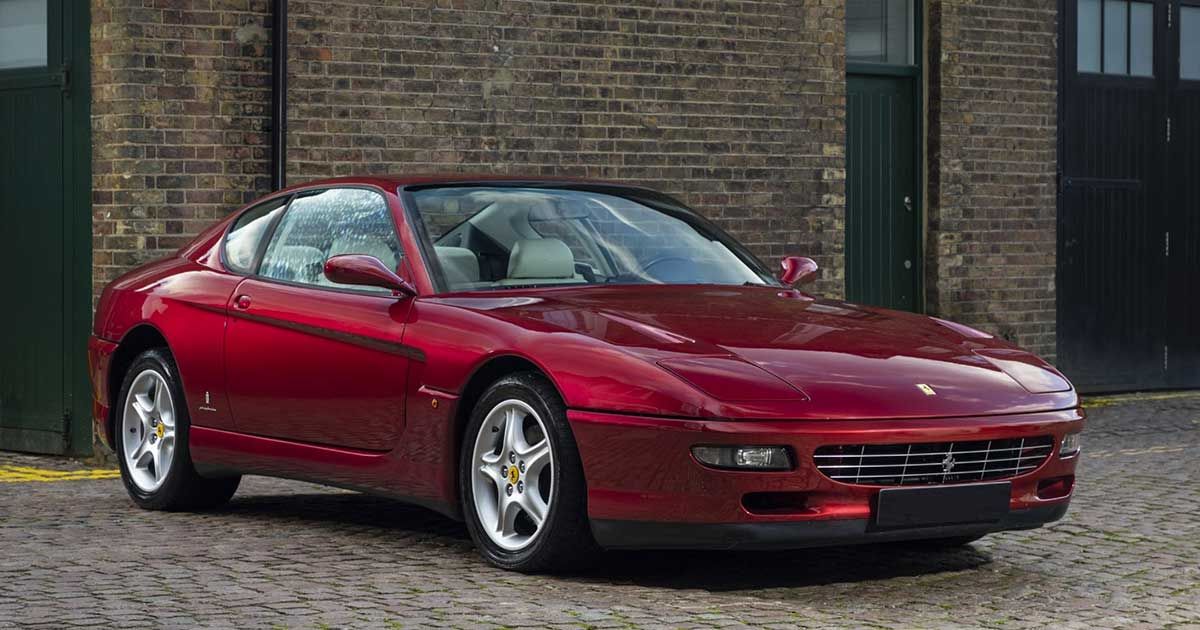Ferrari has been on a roll, creating and releasing a steady stream of impressive and modern supercars with no sign of letting up despite the oncoming electric future and incredible performance of EV alternatives.
Although there will be an SUV coming and eventually the range will become electrified too; the marque, like Lamborghini (apart from the Urus) has continued to sell cars that carve a familiar line in the sand while constantly innovating.
Apart from the FF and later the GTC4Lusso – both shooting brake-styled grand tourers – the Ferrari style has varied little in the grand scheme of things, but from the 50s to the 90s, the change in style from decade to decade was perhaps more noticeable.
It might be interesting to look at some lesser-known and quirkier designs from the Maranello-based automaker as it gives a clue to how and why things have evolved the way they have.
The Ferrari 365 GT4 2+2 Was The Start Of A Long Story
It’s a divisive shape, sure; especially if you consider the kind of cars this was following in the decades preceding it.
Before the 365 GT4 2+2 GT sedan we have here, Ferrari produced many legends, with cars as beautiful as the 250 GT Berlinetta SWB, the 500 Superfast, and the striking Dino.
Back in the 60s, before this sedan took over, the 4-seat grand tourer was the elegant 365 GT 2+2, which as well as employing another seemingly arbitrary name was a 4.4-liter Colombo V12-powered success, offering 320 hp in a sleek Pininfarina-styled body; the car was produced for 4 years from 1967 to 1971.
Its temporary successor was the GTC/4 in 1971, which ran for a two-year period only, it used the same 4.4-liter V12 engine but sported a more modern body style reminiscent of 70s supercars like Panteras, Lamborghinis and Maseratis from that decade.
Ferrari’s 365 GT4 2+2, 400, 400i, And 412 Were The Best Thing For Traveling In Comfort
The successor to the GTC/4 was the 365 GT4 2+2, released in 1972 and retaining the trusty 4.4-liter V12 and most of the chassis but with a clearer 3-box shape, all straight lines, and sharp angles, it made 320 hp.
At the front, the lights and styling had hints of the GTC/4 and even the Daytona, but apart from that, this was a radical departure even for Ferrari.
After a few short years, the 365 GT4 2+2 became the 400 around 1976, which was the first of a trio of similar cars – the 400, 400i, and 412.
Ferrari naming convention at this time followed the rule of ‘single-cylinder capacity’ followed by the class of car and seating, so for example, 400 would mean 400 cubic centimeters per cylinder (4.8-liters).
Ferrari’s 400 Is A Spacious Grand Tourer With All The Extras For The Time
With air conditioning and electric windows being offered back at the start of the 70s and the charismatic V12 upfront - plus Pininfarina’s magic dust sprinkled on top - the cars were successful despite the design departure from the past.
These cars were grand tourers with space for 4 and some luggage and featured innovations like all-around disc brakes, automatic transmission on the 400 onwards (a first for Ferrari), and ABS.
The 400i in 1979 through 1985 featured fuel injection which brought power to around 310 hp down from the 340 hp in the 400.
After the 400 and 400i, the 4.9-liter 412 was the last model to feature in the series from 1985 to 1989 making this the longest-running series in Ferrari history.
The Ferrari 412s Successor Was The 456 – A 5.5-Liter V12-Powered GT
Subsequently, the 456 would be released just a few years later in 1992 with a 5.5-liter V12 and would be the last Ferrari to feature pop-up lights, although the styling was pure GT, it was less angular and much more refined and modern at the time compared to the aging 365 GT4/400/412 range.
Today, if you are looking for a relatively affordable classic Ferrari from the 70s and 80s with more practicality and space onboard than say a Dino or 308 then this could make a good buy - especially if you prize distinctive styling and comfort over outright sportiness and performance.
On Hemmings.com there are a few 412s for sale, all under 100,000 dollars with one as low as 40,000 dollars.
For cars in immaculate condition and/or with low mileage, the sky is the limit for example there are cars for sale up to 150,000 dollars, but you won’t want to drive those for fear of getting them dirty.
The 3-box sedan shape is a rare sight these days and is currently dead as far as Ferrari is concerned, so now might be the time to scope one out and enjoy 70s-style motoring at its most opulent and idiosyncratic.

